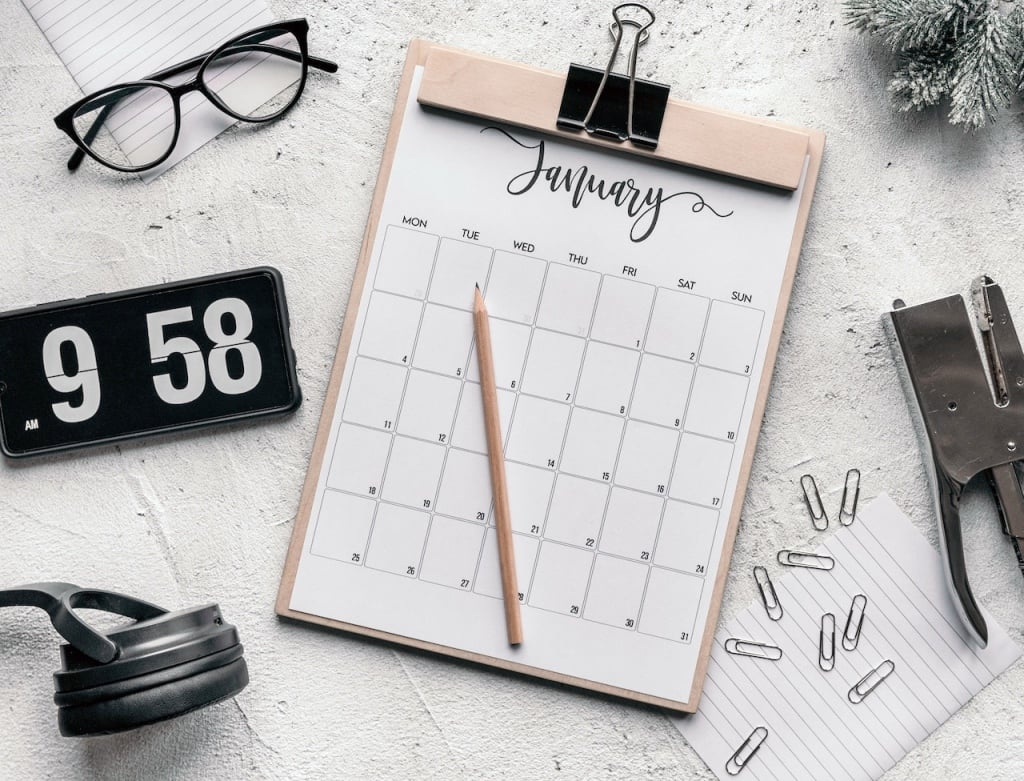Morning routines are increasingly under the spotlight in the world of wellness. On podcasts, social media and in chart-topping books, you’ll find everyone from celebrities to CEOs sharing their secrets to AM success.
Alarmingly – to those of us who are night owls rather than larks – many of these ‘ideal’ morning routines involve 5am starts, ice-cold showers, at least an hour on a treadmill and a frankly improbably amount of coconut yoghurt.
The thing is, though, the perfect morning routine doesn’t exist.
Or rather, it does – but it’s unique to each of us. There’s no one-size-fits-all, objectively perfect schedule that everyone should be following.
Building your morning routine, then, is about identifying what matters to you, how you function best, and what kind of schedule will make you feel happy and productive. It’s about adding morning rituals to your routine that make you feel good. The process will be one of trial and error – be prepared to make tweaks as you try out different timings. And whatever you do, don’t force yourself out of bed at 5am unless you want to (or small children demand it). Cold showers and coconut yoghurt are also optional.
1. Note your ‘hard stop’
Your hard stop is anything you have to do at a certain time in the morning without fail. This can be leaving the house for your commute, heading out for the school run, or logging on if you’re working from home.
2. Explore how much sleep you need

Most advice puts the ideal amount of sleep of adults at 7-9 hours per night. However, that of course will vary according to the individual. To get an idea of how much sleep you should be aiming for depending on age and desired wake-up time, try The Sleep Foundation’s Sleep Calculator.
3. Check your timings
Once you know how much sleep you’re aiming for – and have set your bedtime and morning alarm accordingly – look at the difference between your wake-up time and your ‘hard stop’. That’s the amount of time available to you for your morning routine.
There are many and varied types of sleep advice. One thing most experts agree on, however, is that you should try to go to bed and wake up at the same time every day.
4. List your essentials

What are your morning must-haves? The things you need and/or want to get done in order to set you up for the rest of the day? Items to consider include:
- Breakfast – a sit-down affair or are you happy to get something on the go?
- Exercise – do you feel your best after an early yoga class or run? Interestingly, exercise can have a real impact on sleep
- Shower and grooming
- Meditation – – if this is something you practise, is morning the right time?
- Journalling
- Housework and/or life admin – some people prefer to get this done nice and early, particularly if it that means freeing up the weekend
- Stretching
- Getting children ready for school – timings on this can be unpredictable, we know…
- Catching up on the news
- Reading a book, or listening to a podcast or a morning playlist
- Replying to messages
- Walking the dog/feeding pets
5. Allocate timings
Work out how long you’ll need for each of your essentials. Do you have time to fit everything in?
If not, the temptation may be to get up even earlier. Certainly, there are productivity experts who will advise this, pointing out that we only get one life and so should make the most of every moment. On the other side of the coin, you may want to ponder, if we only get one life, do you want to spend it heaving yourself joylessly from your bed every day at an unnatural hour, before spending the rest of it dogged by a grinding sense of exhaustion?
Instead of reducing your sleep – or going to bed even earlier, potentially depriving yourself of time with loved ones in the evening – it might be better to consider moving some of your must-haves to a different time of day.
6. Plot your schedule

You may be getting up at the same time, but each day may look a little different. You could keep stretching as a daily activity, for example, but keep any morning cardio to three times per week. Or you could give the life admin a rest on weekends and instead dial up the time you spending on messaging or reading.
7. Get set up
Preparation will help you stick to your morning routine. If you’re exercising, pack your gym bag the night before or lay out your at-home exercise clothes. If you’re out and about that day, try to plan your outfits in advance, so you don’t spend time vacillating between looks. Stock your fridge so you don’t find yourself making an unscheduled trip to the shops that sets everything back.
Anything you can do to save precious time once you’re up will be useful.
8. Think about how you’ll wake up

Some people like to be jolted into wakefulness by an alarm clock like Usain Bolt on hearing the starting pistol; others find it’s more pleasant to be eased into consciousness by a wake-up light. Ideally, don’t use your phone – and don’t be lured into the snooze button cycle; you know full well you’ll eventually emerge 45 minutes later than planned.
And if you are using an old-fashioned clock, turn it away so you can’t see the time if you have a tendency to wake up in the night. There are few things in life more disheartening than lying in bed in the early hours calculating how much sleep you’re not getting.
9. Write down your routine
Once you’ve decided your routine, make sure you note it down somewhere – ideally a calendar on the fridge, or even the Notes app on your phone. You don’t want to waste precious morning time trying to remember whether Wednesdays are weights days or not.
Want more ideas for brightening up your mornings? Check out our breakfast guide for early-morning gym-goers.
Find a club



